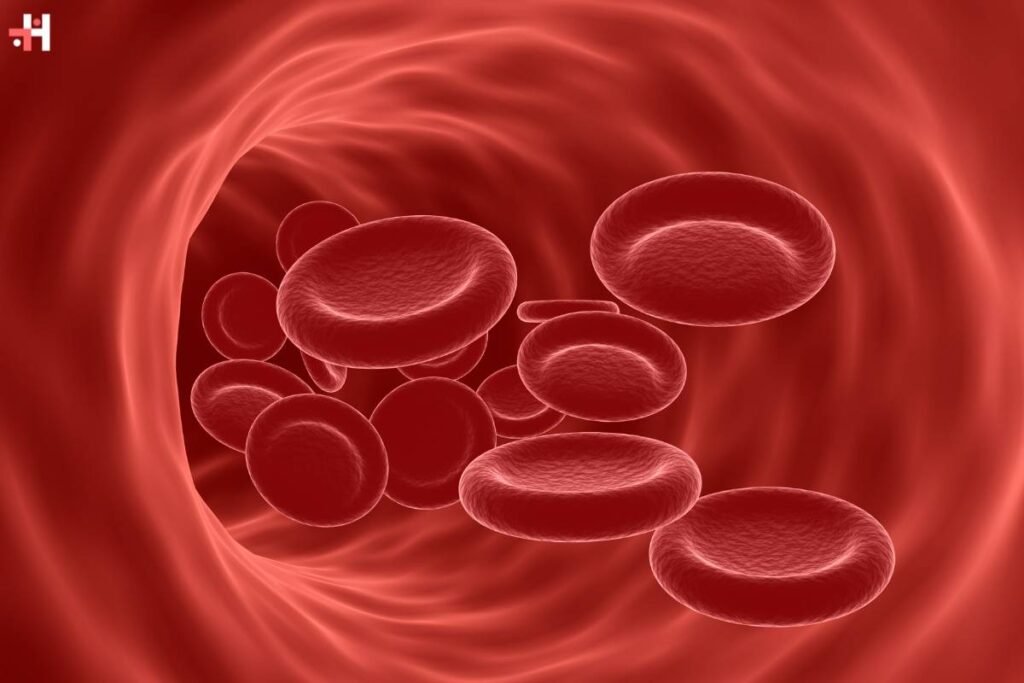Anemia, a condition characterized by a shortage of red blood cells or hemoglobin in the body, is often associated with various factors. One of the significant aspects under scrutiny is whether anemia can truly be considered an indicator of poor nutrition. Let’s delve into the intricacies of anemia, its relationship with nutritional status, and how addressing dietary factors plays a pivotal role in its prevention and management.
Understanding Anemia:
To comprehend the link between anemia and poor nutrition, it’s essential to grasp the fundamentals of anemia itself. Hemoglobin, a protein in red blood cells, carries oxygen from the lungs to the rest of the body. When the body lacks sufficient red blood cells or hemoglobin, it results in anemia. Fatigue, weakness, and pale skin are common symptoms, and if left unaddressed, anemia can lead to more severe health issues.
1. Nutritional Factors in Anemia:
Nutrition plays a crucial role in preventing and treating anemia. Iron, vitamin B12, and folate are key nutrients that contribute to red blood cell production. A deficiency in any of these nutrients can lead to anemia. Therefore, anemia can indeed be linked to poor nutrition, particularly when the diet lacks these essential components.
2. Iron Deficiency Anemia:
Iron deficiency anemia is the most prevalent type of anemia and is often a direct result of insufficient dietary iron. Iron is vital for the production of hemoglobin. When the body doesn’t receive an adequate amount of iron, it hampers the synthesis of hemoglobin, leading to anemia. Thus, iron deficiency anemia can be a clear indicator of poor nutrition, signaling a deficiency in iron-rich foods.
3. Vitamin Deficiencies and Anemia:

Apart from iron, deficiencies in vitamin B12 and folate can also contribute to anemia. These vitamins play a crucial role in the maturation of red blood cells. A diet lacking in sources of vitamin B12 (found in meat, fish, and dairy) or folate (found in leafy greens, legumes, and fortified cereals) can result in insufficient red blood cell production, leading to anemia. The connection becomes evident when considering anemia as an outcome of inadequate nutrition.
Anemia as an Indicator of Poor Nutrition:
The relationship between anemia and poor nutrition is multifaceted. Anemia serves as a potential indicator of poor nutrition when dietary choices consistently lack the essential nutrients necessary for optimal red blood cell production. It’s a signal that the body is not receiving an adequate supply of iron, vitamin B12, or folate, emphasizing the need for dietary adjustments and nutritional interventions.
Preventing Anemia through Nutrition:
Addressing anemia involves not only identifying the deficiency but also implementing effective nutritional strategies. Including iron-rich foods like lean meats, beans, and fortified cereals in the diet can help combat iron deficiency anemia. Similarly, ensuring an adequate intake of vitamin B12 and folate through a balanced diet is crucial for preventing anemia associated with these deficiencies.
Strategies for Improved Nutrition:
To combat anemia as an indicator of poor nutrition, individuals can adopt various dietary strategies. Incorporating a diverse range of fruits, vegetables, whole grains, and lean proteins ensures a well-rounded nutrient intake. Additionally, practicing mindful eating, understanding nutritional needs, and seeking guidance from healthcare professionals contribute to an overall improvement in nutritional status.
Anemia and Poor Nutrition in Different Demographics:
Examining anemia as an indicator of poor nutrition across different demographics sheds light on specific considerations. For instance, children and pregnant women are particularly vulnerable to iron deficiency anemia due to increased nutritional needs. In these groups, anemia not only signals poor nutrition but also emphasizes the critical role of proper dietary guidance and supplementation to meet specific nutritional requirements.
Global Perspectives on Anemia and Nutrition:

On a global scale, anemia is prevalent, impacting millions of people. In developing countries, where access to diverse and nutrient-rich foods may be limited, anemia often becomes a pervasive indicator of poor nutrition. Efforts to address anemia in these regions necessitate not only nutritional interventions but also broader initiatives focused on enhancing food security, education, and healthcare infrastructure.
The Role of Public Health Initiatives:
Public health initiatives play a pivotal role in addressing anemia as an indicator of poor nutrition. Educating communities about the importance of a balanced diet, fortifying staple foods with essential nutrients, and ensuring access to nutritional support can collectively contribute to reducing anemia rates. Governments and organizations worldwide are increasingly recognizing the need for comprehensive strategies to tackle anemia on a broader scale.
Community Engagement and Nutritional Education:
Engaging communities in nutritional education is essential for fostering long-term change. By empowering individuals with knowledge about nutrient-rich food choices, meal planning, and the importance of a diverse diet, we can shift the narrative surrounding anemia and poor nutrition. Community-led initiatives, workshops, and awareness campaigns can serve as effective tools in promoting healthier lifestyles.
Dietary Diversity for Optimal Health:
The concept of dietary diversity emerges as a key factor in preventing anemia and addressing poor nutrition. A diet that includes a variety of food groups ensures a more comprehensive nutrient intake. Encouraging individuals to explore a wide range of fruits, vegetables, whole grains, lean proteins, and fortified foods fosters a nutritional environment that supports overall health and helps combat anemia.
Empowering Women for Nutritional Health:

In many societies, women are disproportionately affected by anemia, especially during pregnancy and menstruation. Empowering women with knowledge about their nutritional needs, the significance of iron-rich foods, and the role of supplements can contribute significantly to preventing anemia. Focused interventions targeting women’s nutritional health can have a profound impact on reducing anemia rates.
Challenges and Opportunities:
While progress has been made in understanding and addressing anemia as an indicator of poor nutrition, challenges persist. Socioeconomic factors, access to healthcare, and cultural dietary practices can influence the prevalence of anemia. However, these challenges also present opportunities for targeted interventions, policy changes, and community engagement to create a more inclusive and supportive nutritional landscape.
Conclusion:
Anemia can be considered a compelling indicator of poor nutrition, especially when it is a consequence of deficiencies in iron, vitamin B12, or folate. Recognizing the link between anemia and nutrition opens avenues for targeted interventions, emphasizing the pivotal role of a well-balanced and nutrient-rich diet in preventing and managing this condition. As we navigate the intricate relationship between anemia and nutrition, it becomes clear that prioritizing dietary diversity and nutritional education is key to breaking the cycle of poor nutrition and its associated health implications. The collective efforts of individuals, communities, healthcare professionals, and policymakers are integral to creating a world where anemia is not just a health concern but a call to action for improved nutrition and well-being.









